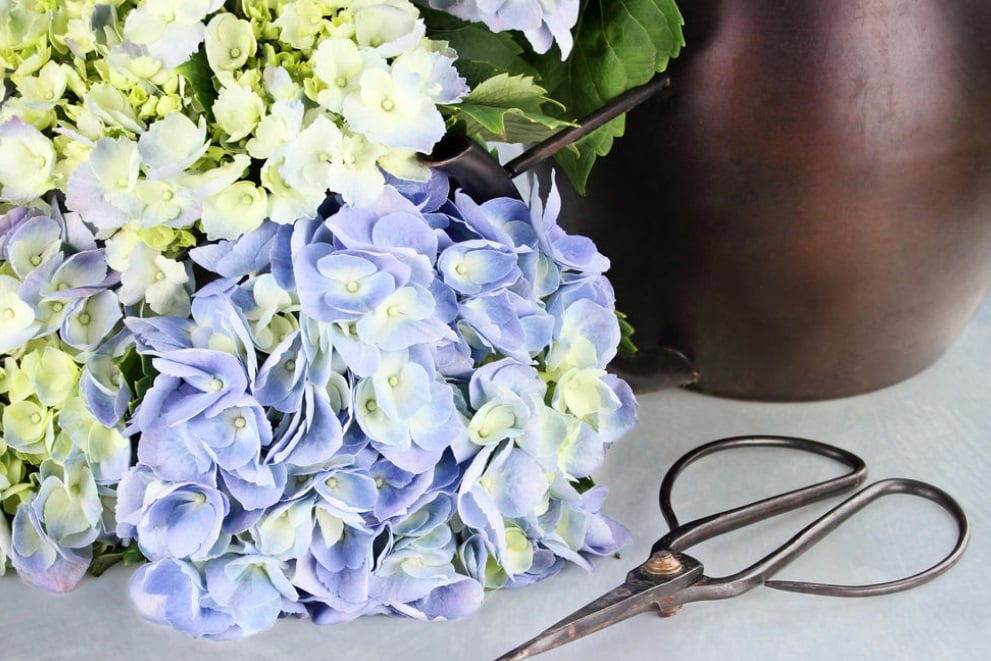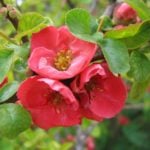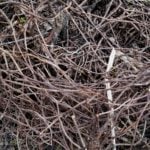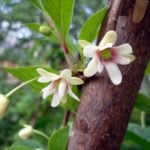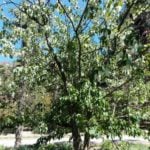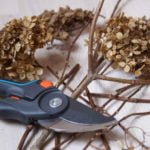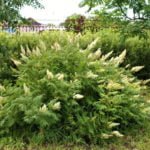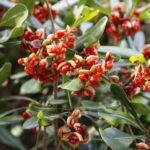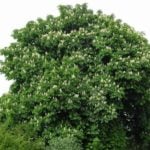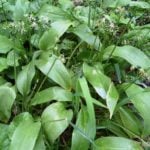There are not many perennial ornamental plants in our gardens that can match the attractiveness of hydrangeas. Long and beautiful odes may be sung to them, praising strength, variety of species, delicate lace, and ceremonial pomp. But none of this will happen without proper care, in particular, without timely and proper pruning.
Often in the middle latitudes grow three types of hydrangea – macrophylla (garden), tree-like and paniculate. Others are less common, but they should also be kept in mind: oak-leaved hydrangea, toothed, prickly, sargent, and liana-shaped hydrangea.
In terms of pruning methods and time, all these types are divided into two groups.
First group
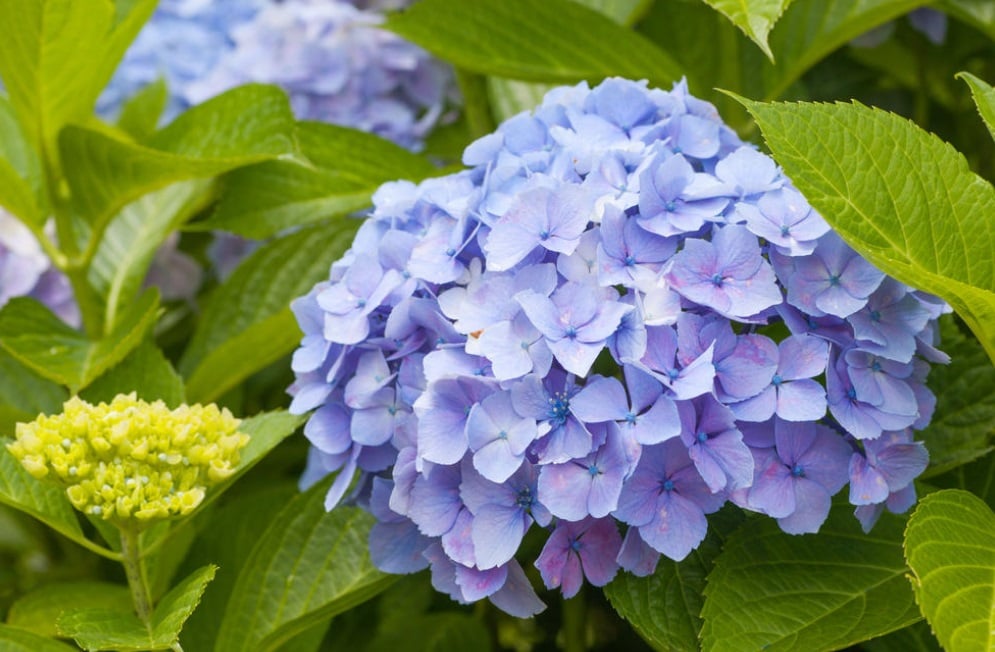
The first group includes those that bloom on the shoots of the previous year. This is a large-leaved hydrangea toothed, twill, prickly, oak and petiolate. Formative pruning, as such, is not required. Cosmetic and sanitary intervention is enough for them. Cut off the inflorescences before the first buds appear. In addition, cut the roots of frozen or dried shoots and weak branches that thicken the bush and disrupt its harmony.
Pruning is desirable in the spring, when the buds swell. At this time, you can assess the actual condition of the bush: whether it is well out of hibernation, which branches to save, and which to cut. In a warmer climate, you can remove the dried inflorescences and clean the bush in the fall, after flowering.
Liana Hortense cut her hair slightly. Shortening a little long shoots, the plant will quickly branch better.
Second Group
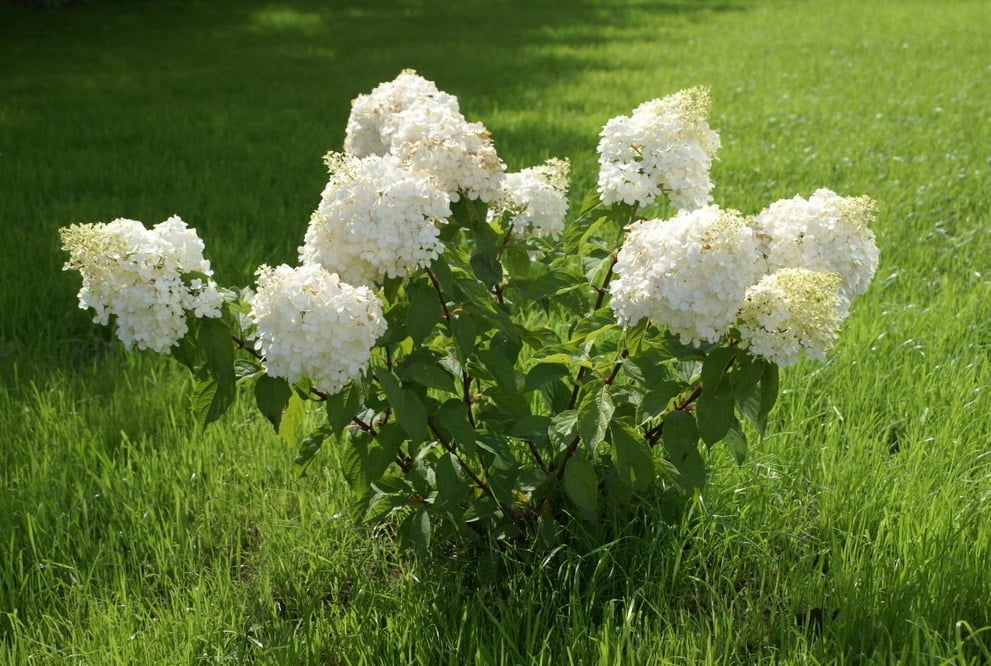
It is possible to get hydrangeas forming buds on shoots of the current year. This is a hydrangea tree and the panicle.
Pruning is carried out in early spring, after the snow melts. All shoots are shortened to 2-3 pairs, in strong adult bushes you can leave one pair. From each bud grows a fresh shoot, at the end of which an inflorescence is formed. In addition, thin weak branches and shoots growing inside the bush are cut under the root – that is, they are simultaneously formed. If this is not done, the plant will thicken very quickly and will understand what is required of it – a shallow inflorescence .
After wintering, assess the condition of the shrubs. If the shoots are very frozen, then cut them off according to the second type, if the cold did not cause irreparable harm, then perform a cosmetic pruning and get a plentiful flowering.
Undoubtedly, proper pruning of hydrangeas is only one of the stages of caring for these beauties, and personal experience can be more important than getting excellent results.
